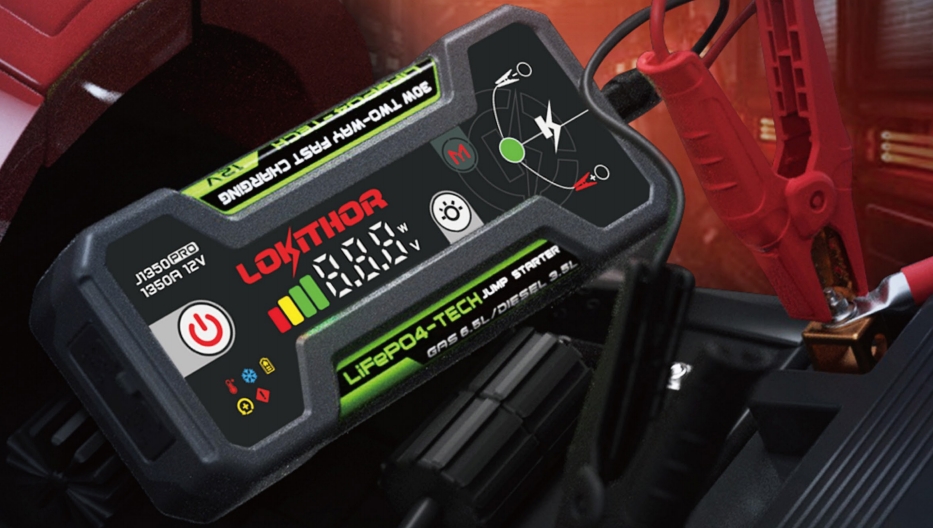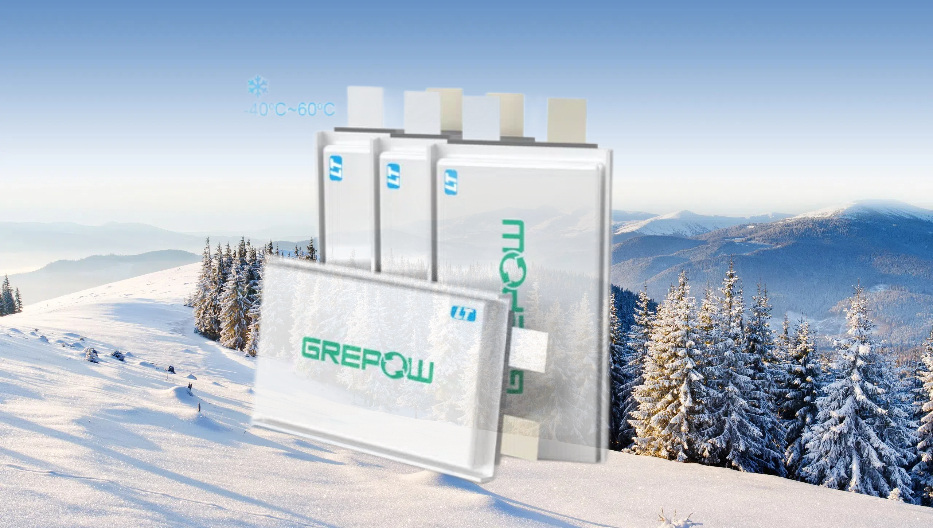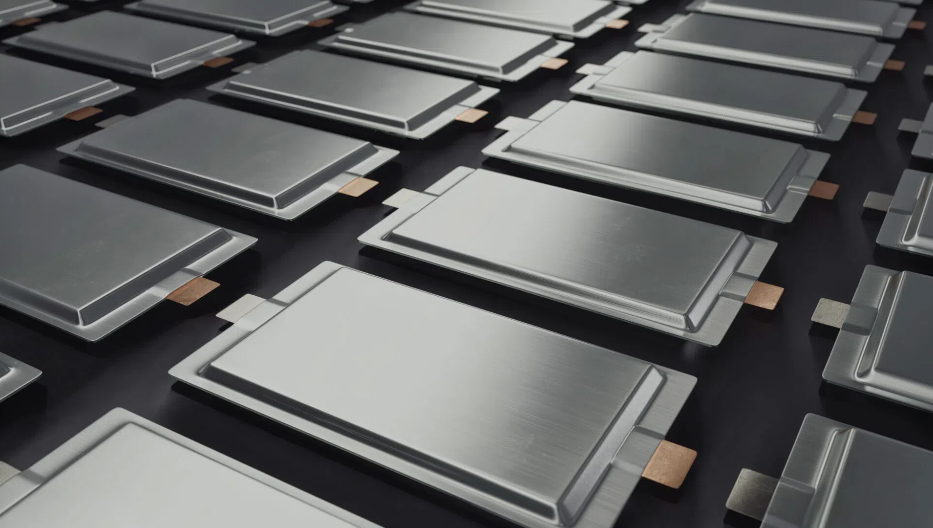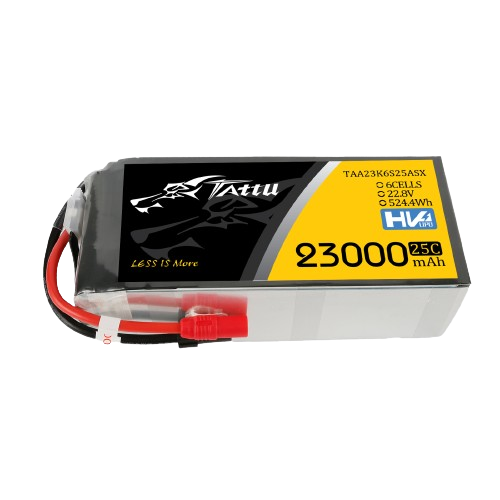What is the SEI?
The SEI stands for Solid Electrolyte Interphase. It is a multilayer structure that stands between the electrode material and electrolyte. One side is porous, and the side close to the electrode is dense. It has the characteristics of a solid electrolyte, and Li+ can pass smoothly while electrons cannot.
How is the SEI formed?
When a lithium-ion battery is charged and discharged for the first time, a small amount of polar aprotic solvent in the electrolyte reacts with lithium ions to form a thin film that is called the SEI. The SEI is usually formed at the solid-liquid interface between the electrode material and the electrolyte. When the lithium-ion battery starts to charge and discharge, the lithium ions are extracted from the active material of the positive electrode, at which point they enter the electrolyte, penetrate the separator, enter the electrolyte, and finally are embedded into the layered gap of the negative carbon material. Electrons then come out of the positive electrode along the outer end loop and enter the negative electrode carbon material. An oxidation-reduction reaction occurs between the electrons, the solvent in the electrolyte, and the lithium ions. After the solvent molecules receive the electrons, they combine with the lithium ions to form the SEI and generate H2, CO, CH2=CH2, and other gases. As the thickness of the SEI increases to the point where electrons cannot penetrate it, a passivation layer is formed, which inhibits the continuation of the redox reaction.
What are the ingredients of the SEI?
The thickness of the SEI is about 100-120nm, and its composition varies with the composition of the electrolyte. It is generally composed of Li2O, LiF, LiCl, Li2CO3, LiCO2-R, alkoxides, and non-conductive polymers.
What is the impact of SEI on lithium batteries?
The SEI has an important influence on the performance of carbon anode lithium-ion batteries. Firstly, the consumption of lithium ions when the SEI is formed causes the increase of the irreversible capacity of the battery, which reduces the charge and discharges efficiency of the electrode material. Secondly, the SEI film has an organic solvent that is stable in the organic electrolyte solution. The PC exists in a part of the electrolyte, and it is likely to be co-embedded in the negative electrode material to cause damage to the electrode material. If a suitable mixture can be added to the electrolyte to promote the formation of the SEI, it can effectively prevent the co-intercalation of solvent molecules and avoid solvent. The damage caused by molecular co-embedding to the electrode material greatly improves the cycle performance and service life of the electrode. Thirdly, SEI allows lithium ions to pass through but prohibits electrons from doing so. On the one hand, it ensures the continuation of the rocking-chair-type charge and discharge cycle; on the other hand, it prevents the further consumption of lithium ions and increases the battery life.
What factors affect the formation of SEI
The formation of SEI is mainly affected by factors such as electrolyte formation (Li salt, solvent, admixtures, etc.), formation current, temperature, and other factors.
The influence of electrolyte composition
The difference between Li salt and solvent composition leads to different SEI composition and different product stability.
The influence of the formation of the current
When the formation-charging current is large, high-potential inorganic components are formed first, followed by the insertion of lithium ions and organic components. When the formation current is small, the organic components of the SEI film begin to form.
The SEI formed
The SEI formed by the formation of lithium-ion batteries at -20°C has good compactness and low impedance, which is very conducive to the service life of the battery. High temperatures reduce the stability of the SEI and affect the battery cycle life. The thickness of SEI is also affected by the type of anode material.
SEI's reaction to thermal runaway of lithium batteries
SEI consists of two layers of materials. The main component of the inner layer is Li2CO3, and the main component of the outer layer is lithium alkyl carbonate such as (CH2OCOLi)2. When the internal temperature of the battery is 80 to 120°C, the outer layer gradually decomposes and releases heat to generate the gas. The reaction equation is as follows: (CH2OCOLi)2→ Li2CO3+CH2=CH2+1/2O2+CO2 Li+ (CH2OCOLi)2→ 2Li2CO3+CH2=CH2
Does the positive electrode have an SEI?
The latest research shows that a film is also formed on the solid-liquid interface between the positive electrode material and the electrolyte, and the thickness of the film is much thinner than the negative SEI film (about 1-2 nanometers). Due to the high potential of the positive electrode material, the reduction product of the organic electrolyte is very unstable. On the other hand, inorganic products such as LiF can be stable and become the main component of the positive electrode SEI film. If you are interested in our battery products, please don't hesitate to contact us at any time! Email: info@grepow.com
Grepow Website: https://www.grepow.com/
Related Articles
-

The Ultimate Guide to Grepow Jump Starter
2025-03-27 -

How to Choose Lithium Batteries for Cold Weather?
2024-09-19 -

Next-Generation eVTOL Battery Technology
2024-08-22

















































